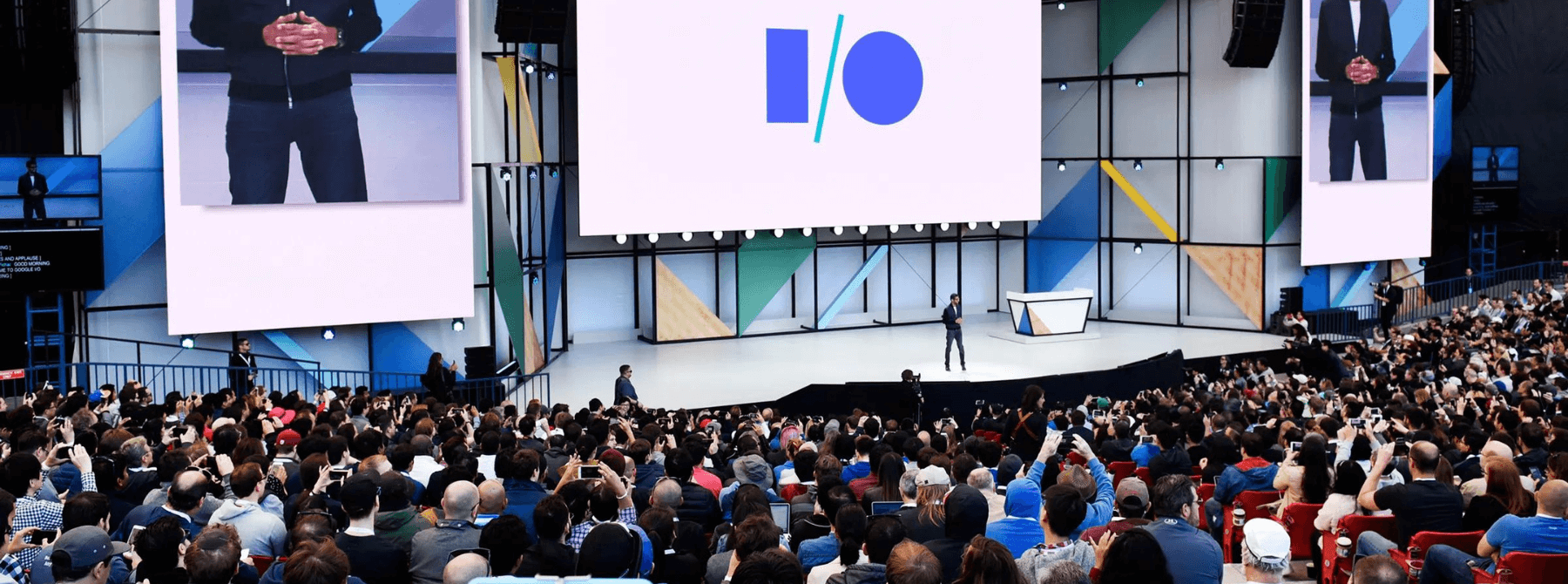
Gain a Superpower: Explore the Apple HIG and Android Material.io A Fantastic Resource for Product Managers
Have your stakeholders requested a feature on your native app that doesn’t jibe with a UX point of view? Full calendar widget instead of a picker? Yellow font? Labels next to carrots?


Or, are you in desperate need of a gadget, pop-up, widget-type thingy for your mobile project, and your designers and engineers are looking at you through Zoom as if you have two heads?
What if I told you that two invaluable resources would help you better communicate with your team, and they are public, free and constantly updated resources? Well, it’s true, and this is me telling you:
Apple’s Human Interface Guidelines
Android Material Design Guidelines
When I started my career as a product manager many moons ago, I wish I knew about the HIG and Material Guidelines. It would have saved me so much time in communication and getting the terminology right.
The Apple and Android design teams have put deep thought into the why and the how for the decisions they make in building their apps and tooling with them, and they are more than happy to explain it.
Now, how does this make a Product Manager’s life more manageable?
Communication
Ideation
Parity
Value
Guidelines
Promotion
Communication
It is no secret that businesses love jargon, and I know that you probably hear enough acronyms and abstracted phrases to last a lifetime. NGL, it’s annoying, LOL.
It’s a lot easier to cut through the noise when you can speak directly to designers and engineers using a shared language. Not every designer knows the technical vocabulary for Pickers/Sliders/Switches and Steppers on iOS, nor should they. Or, how about FABS, Snackbars, and Tooltips on Android? I mean, Rightpoint Designers do, but not everyone does.
Ideation
Apple and Android platforms make a ton of really cool shit possible, and most of us probably aren't even scratching the surface when it comes to user experience and leveraging the System Capabilities available to both. Here’s more of what you’re missing:
Parity
If you are like us, and are often developing native code for two platforms, you need to understand the limitations and capabilities of both design systems.
It’s easy as a Product Manager to reference the guidelines and write user stories—and even reference the behavior in our acceptance criteria. In fact, the Material.io site even has an embedded implementation tab for Devs to reference so they can prepare their favorite copy pasta without having to Google anything!
Value
I can’t tell you how often I have gone back to the well of the HIG to either defend a design choice that is backed by Apple and Google, or to warn our client against implementing an anti-pattern into a user experience.
At the end of the day, clients want something fast, cheap, and high-quality. I can get a lot closer to this unicorn if we leverage known patterns that designers understand, and developers can implement quickly. The HIG is my magna carta for communicating these tough realities and tradeoffs.
Guidelines
Look, rules are meant to be broken, but without a frame of reference, it is really hard to meet customer expectations and have users understand how to navigate.
Bend the rules instead.
Even Apple bends its own rules. No paging dots in Music! No Tab Bar in Contacts! The deeper you investigate; the more examples you will uncover on apps you use every day.
Promotion
It’s no secret that one of the best ways to attract users to your app is to get featured in the App Store. There are dark arts behind the editors who make these choices, but there is a simple way to get your app even in the realm of their consideration.
Follow. The. Guidelines.
If you do this, App Store Features are on the table. Heck, if you do a good enough job, you might even win a Google Design Award!
Conclusion
Leverage the principles in the Apple Human Interface Guidelines and the Material.io Guide. You will undoubtedly build a more delightful experience for your customers to allow their users to better interact with the product.
The fact that these two platforms continually provide a canvas might even save you time and allow your team to discover and explore more cutting-edge technology—and then even tell us how to use it.
And, if nothing else, at least understand the rules you are inevitably going to be bending when you build your next project with us.


